18. Invention, Intellectual Property, and Income
Objectives
Individual Assignment
- Develop a plan for dissemination of your final project
- Complete your final project, tracking your progress:
- what tasks have been completed, and what tasks remain?
- what's working? what's not?
- what questions need to be resolved?
- what will happen when?
- what have you learned?
Timeline

- 29/05/2025: Made a minimum walk cycle using Xiao ESP32
Individual Assignment
Develop a Dissemination Plan
Discovery vs Invention vs Innovation
First we need to understand the difference between three different type of intellectual endeavours: a discovery, an invention and an innovation
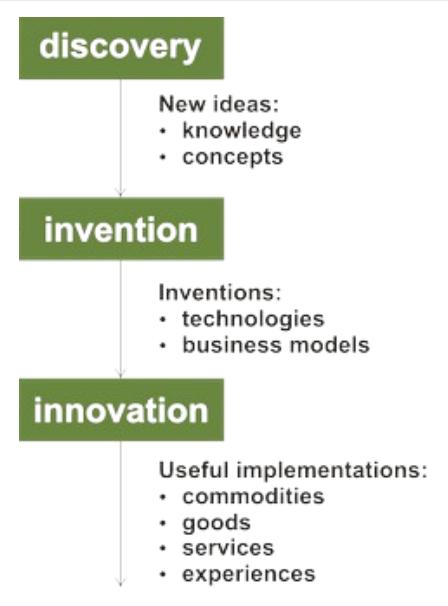
A 'mere' discovery of a scientific principle or the formulation of an abstract theory or a living thing or non-living substances occurring in nature is not protected by law. However, inventions and innovations are both protectable as intellectual property
What is an IP?
According to World Intellectual Property Organization defines an IP or an intellectual property as the creations of the mind, such as inventions; literary and artistic works; designs; and symbols, names and images used in commerce.
Intellectual property is protected by law through various means discussed below which helps people to make use of their IP to gain recognition or financial benefit.
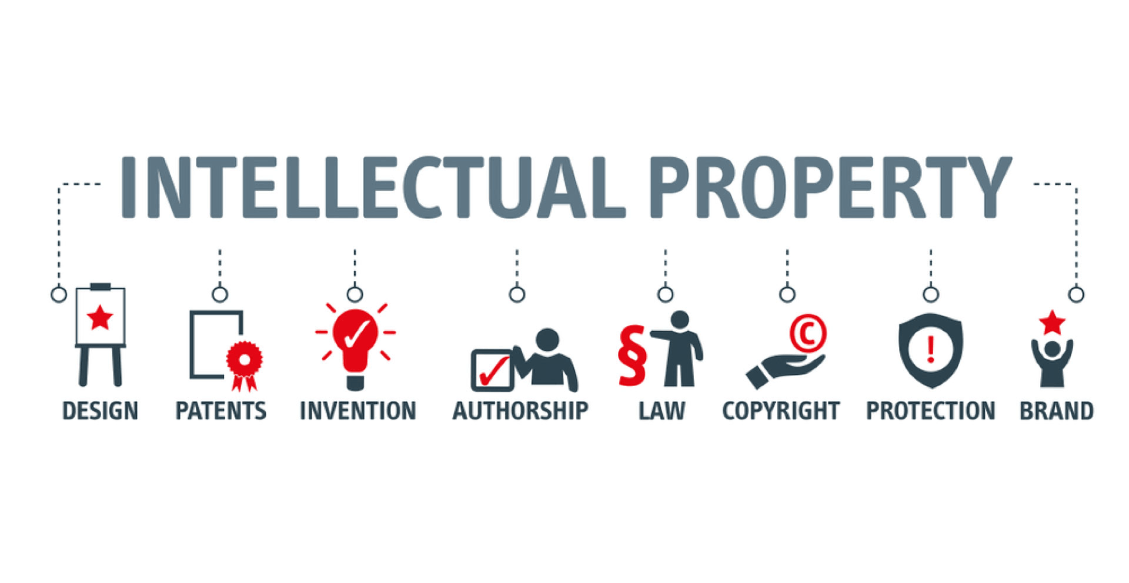
There are different kinds of intellectual properties, ranging from patents, copyrights, trademarks, etc. I will be focusing on two; patents and copyrights
What is a Patent?
Patent refers to granting the exclusive right to an invention. To be granted a patent, it must be novel, non-obvious, and useful.
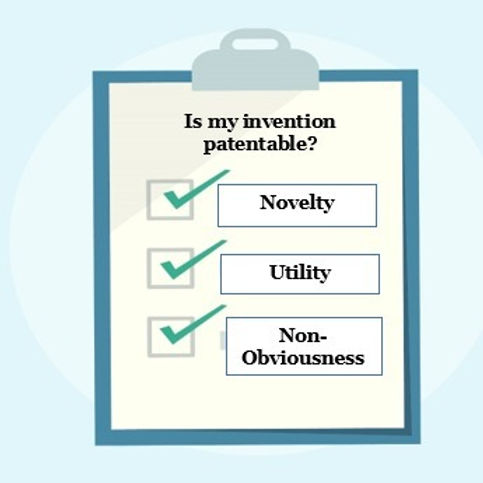
Patents can be granted for utility or for design.
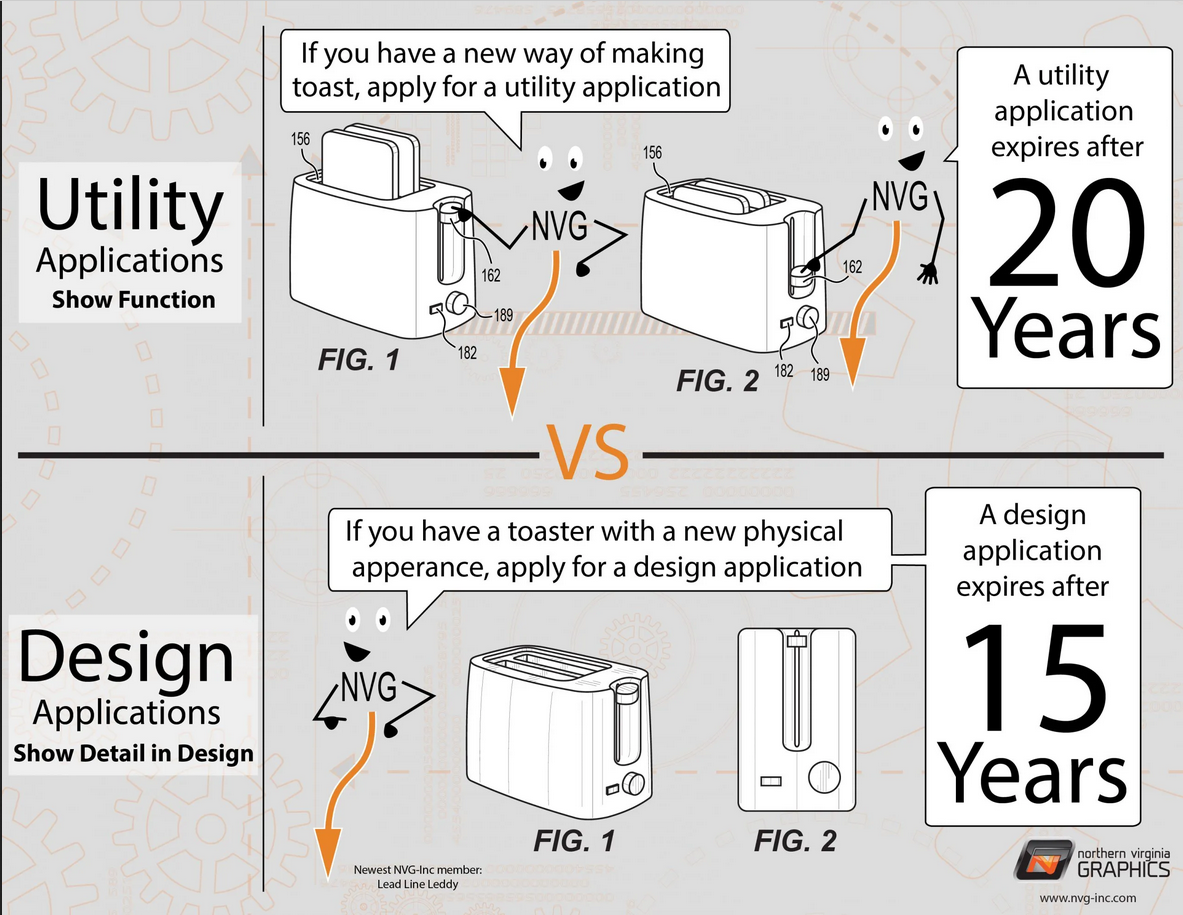
However there are some considerations one should take not of before choosing whether or not to apply for a patent because there is no 'patent' police
- The invention or innovation require significant investment of financial and material resources, which make it hard to replicate
- The patent owner has large financial resources to battle lawsuits related to patent right infringement
- Does it have enough of a market potential to satisy the need for applying for a patent?
What is a Copyright?
My fab academy project will not satisfy any of the above mentioned requirements, so I will not be looking at applying for a patent. I will instead be looking at protecting my work through a copyright.
The US Copyright Office defines a copyright as a type of intellectual property that protects original works of authorship as soon as an author fixes the work in a tangible form of expression. They also provide more explanation on the meaning of the words original works and fixed works
- Works are original when they are independently created by a human author and have a minimal degree of creativity. Independent creation simply means that you create it yourself, without copying.
- A work is fixed when it is captured (either by or under the authority of an author) in a sufficiently permanent medium such that the work can be perceived, reproduced, or communicated for more than a short time.
Creative Commons Licenses
As per instructor suggestions, I will be using a Creative Commons (CC) license.
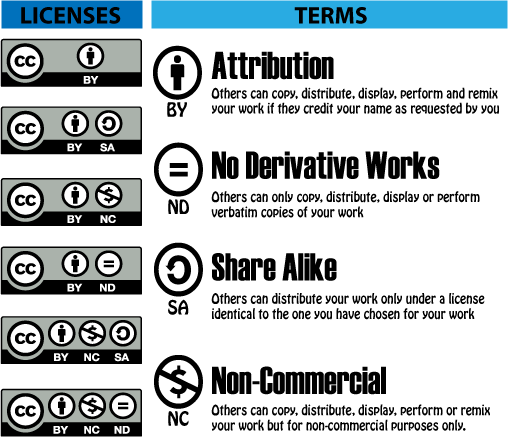
Creative Commons (CC) is an international nonprofit organization that serves the legal layer of the open infrastructure of sharing. They do this providing free, easy-to-use copyright licenses that enable people to share their work to the public.
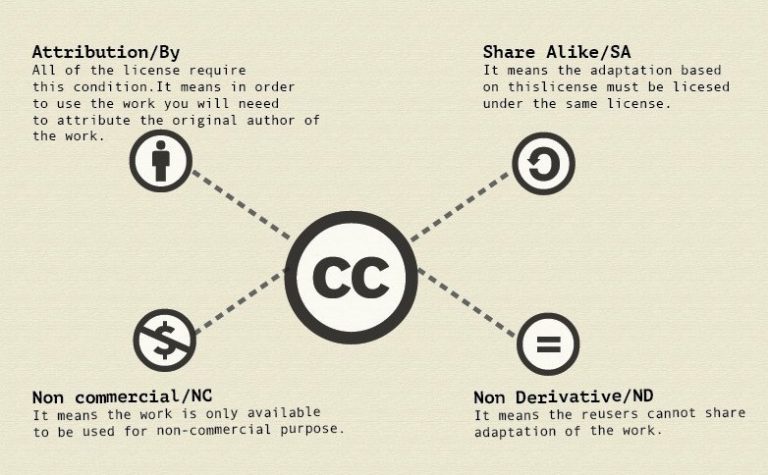
- CC BY:
- Others can distribute, remix, adapt, and build upon the material in any medium or format
- BY: The original creator must be credited.
- CC BY-SA:
- Others can distribute, remix, adapt, and build upon the material in any medium or format
- BY: The original creator must be credited.
- SA: Any adapted works must be shared under the same terms.
- CC BY-NC:
- Others can distribute, remix, adapt, and build upon the material in any medium or format
- NC: Modified works can only be used for non-commerical uses only
- BY: The original creator must be credited.
- CC BY-NC-SA:
- Others can distribute, remix, adapt, and build upon the material in any medium or format
- NC: Modified works can only be used for non-commerical uses only
- BY: The original creator must be credited.
- SA: Any adapted works must be shared under the same terms.
- CC BY-ND:
- Others can distribute, remix, adapt, and build upon the material in any medium or format
- BY: The original creator must be credited.
- ND: No derivatives or adaptions of the work are permitted
- CC BY-NC-ND:
- Others can distribute, remix, adapt, and build upon the material in any medium or format
- BY: The original creator must be credited.
- NC: Modified works can only be used for non-commerical uses only
- ND: No derivatives or adaptions of the work are permitted
- CC0: aka CC Zero, enables creators to give up their copyright for the works they publush to the public domain. Others can distribute, remix, adapt, and build upon the material in any medium or format with no conditions
Choosing a Creative Commons License
I picked the CC BY-NC-SA for my final project
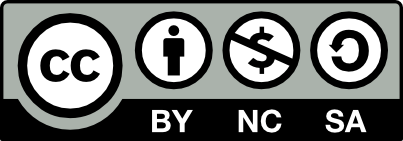
According to their official site:
"This license enables reusers to distribute, remix, adapt, and build upon the material in any medium or format for noncommercial purposes only, and only so long as attribution is given to the creator. If you remix, adapt, or build upon the material, you must license the modified material under identical terms"
For this, we go to the license chooser, fill all the required deatils and copy the generated output as HTML code so that I can embed it in my work

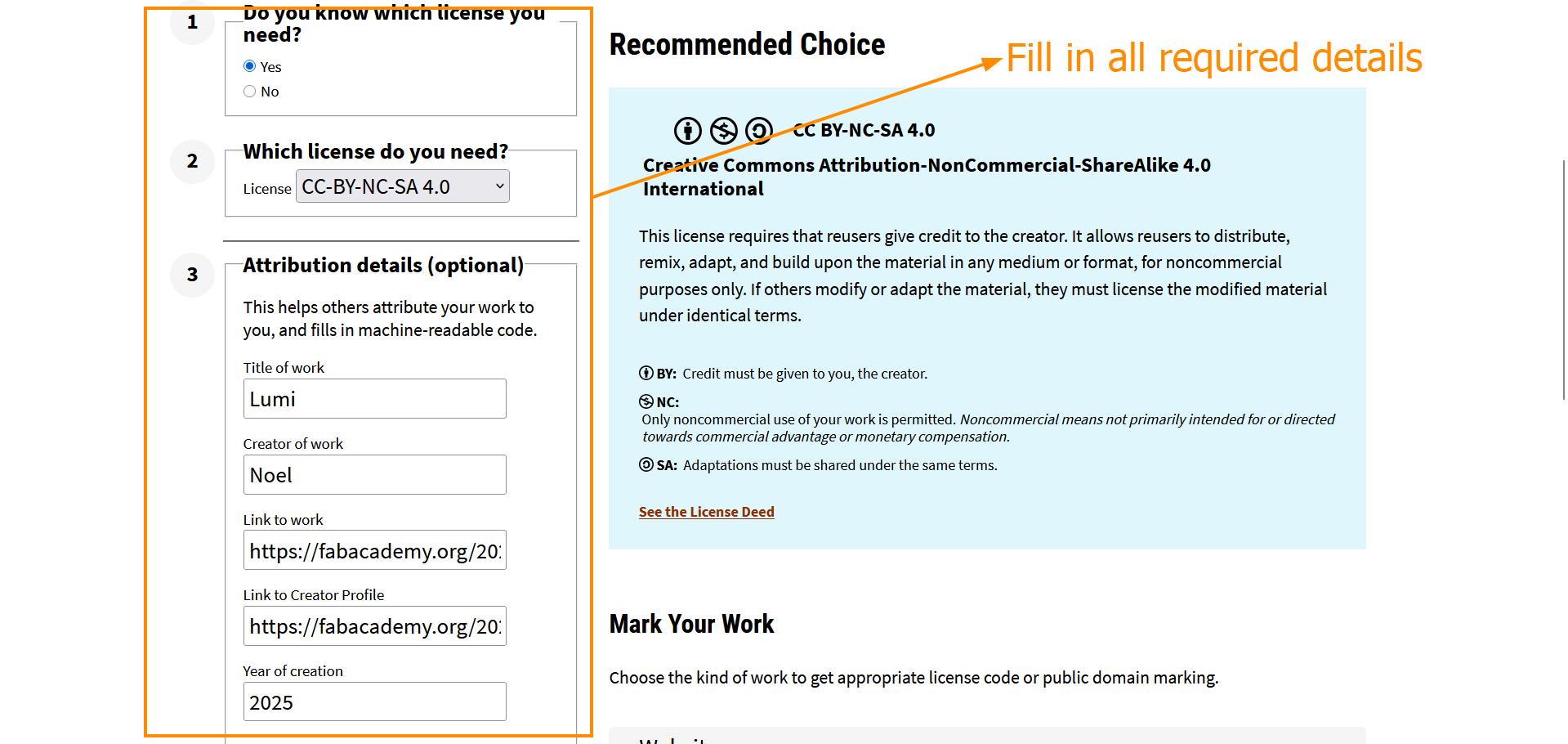

This is how the final output looks like as embedded code.
Lumi © 2025 by Noel is licensed under CC BY-NC-SA 4.0Now I copy paste this in my final project page
Completing My Final Project
As part of this week's assignment, I will finish my project by next week. I have answered all the below mentioned questions in project development page here
- what tasks have been completed, and what tasks remain?
- what's working? what's not?
- what questions need to be resolved?
- what will happen when?
- what have you learned?
Conclusion
Lessons for the Future
References
References to help reader understand in detail
Look at previous year documentation